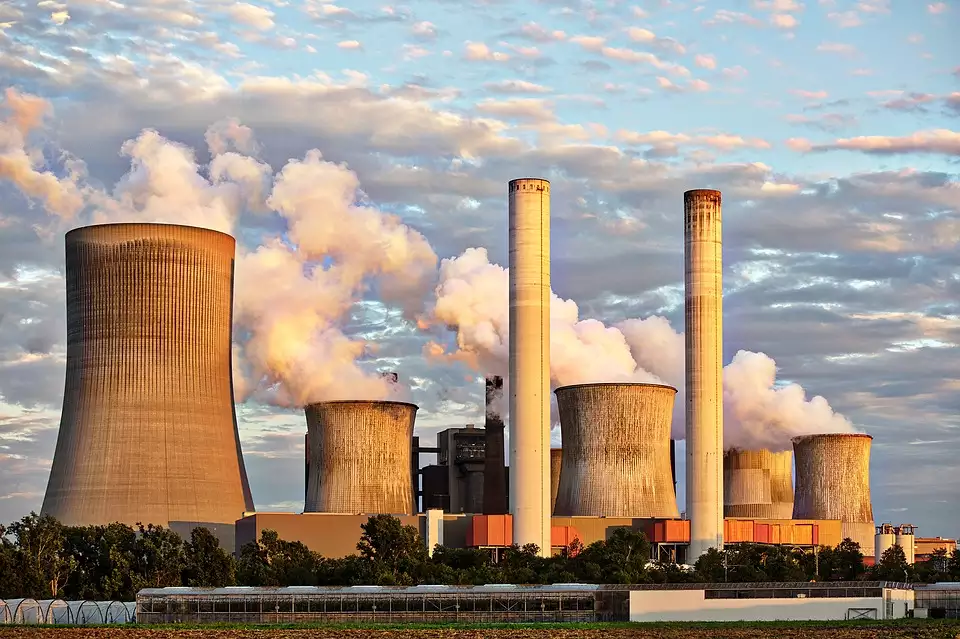
Increase in population demands increase in electric power generation worldwide is on topmost priority for sustaining domestic and industrial growth for any country.
Coal plays a vital role in electricity generation worldwide. Coal-fired power plants currently fuel 37% of global electricity and figures from the IEA show that coal will still generate 22% of the world’s electricity in 2040, retaining coal’s position as the single largest source of electricity worldwide.
With the advancement in coal-based thermal power plant technologies & stricter environmental emission norms, efficient controls of combustion & emission controls are of utmost importance.
The efficient operation of today’s thermal power plant depends largely upon accurate and repeatable measurement of primary and secondary airflow to coal mills, flue gas recirculation flow, overfire airflow, airflow to individual burners, and flue gas emission rate.
Thermal power plant working on coal or alternative solid fuels emits flue gas. Flue gas emissions may contain pollutants such as sulfur dioxides, mercury, and carbon dioxide that can harm the environment. However, most flue gases consist of nitrogen oxides. Various parameters of flue-gas are compulsory to monitor for efficient emission control & reduce air pollution.
Flue gas flow measurement is a challenging task having mixtures of O2, CO2, CO, SPM, SOx, NOx, HC, etc. & large diameter ducts where conventional flow measurement are un-reliable, non-repeatable, high maintenance prone & expensive.
LEOMI has developed a proven insertion thermal mass flow meter that provides solutions to flue gas measurement with superior reliability, repeatable, virtually no maintenance & cost-effective solution.

Primary Air Flow to Coal Mills:
- Should be monitored and controlled to improve the coal mill efficiency
- To maintain the fineness of the pulverized coal
Secondary Air Flow to Coal Mills:
- Controlled to maintain the desired stoichiometric fuel/air ratios
- Very important to overall boiler efficiency and NOx reduction
- Reduce the potential for explosive puffs
Flue Gas Recirculation Flow (FGR):
- It mixes with secondary combustion air and reduces NOx emissions
- The FGR component replaces the diverted under grate air with recycled flue gas
- This maintains mass flow through the grate, keeping the grate combustion cooler and avoiding hot spots
- The FGR dilutes the oxygen concentration at the grate elevation, contributing to reduced NOx formation
Overfire Air Flow (OFA):
- Added to many boilers to reduce NOx emissions. Each OFA zone must have independent control
- Exit to Reduce Stratifications of Temperature, Oxygen, CO, and NO constituents
- Lower Furnace Exit Gas Temperatures
- Allow for More Complete Combustion and Reduction of Unburned Carbon (LOI)
- Improved Unit Efficiency, and Reliability Reducing Forced Outages
Air Flow to Individual Burners:
- To improve combustion efficiency and reduce NOx emissions.
Flue Gas Flows:
- For ammonia injection control in SCR units for NOx reduction
- Gives a correct indication of the proper combustion process
- Helps in identifying emission control
- Reduce lime dosing for SOX, NOX reduction
- Early warning of preheater leakage detection, if any
LEOMI has designed thermal mass flow meters that provide systematic flue gas measurement solutions. As industries are facing challenges with flue gas measurements, LEOMI air flow meters are crafted to surmount those challenges.
Why choose LEOMI to measure flue gases in thermal power plants:
- Mass flow measurement with flue gas solutions
- Cost effective solutions to carry out large duct calibrations
- Customized sensor solutions
- Simple design to operate easily
- Wide range flow measurement accepted
LEOMI 586 provide huge benefits to Thermal Power Plants as below:
- Indicates early warning for Preheater condenser failures
- Help regulates harmful pollutants, dust emission controls
- Useful information on optimizing mass balance
- Helps in energy conservation
